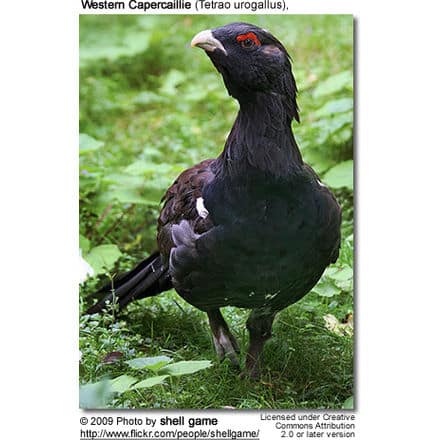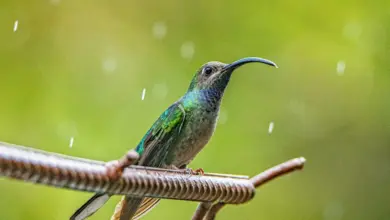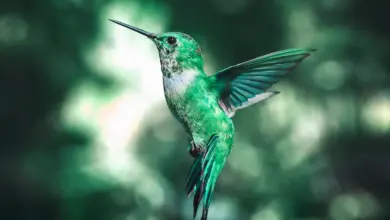Dusky Warbler
Dusky Warblers (Phylloscopus fuscatus)
The Dusky Warblers (Phylloscopus fuscatus) – also sometimes referred to as Dusky Leaf Warblers or Dusky Willow Warblers – occur naturally in Eurasia, specifically in Northeast Asia, West central China.

Overview … Alternate (Global) Names
Distribution / Habitat … Subspecies, Ranges and ID
Description … Calls / Vocalizations
Breeding / Nesting … Diet / Feeding
Distribution / Habitat
These altitudinal and long-distance migrants breed in:
Northern Asia, specifically in the Upper Ob and western Altai in Siberia east to Anadyr region and Sakhalin island, south to eastern Himalayas and central and north-east China.
Winter in:
Northern India, Burma, and the foothills of Nepal.
Accidental visitors to:
Great Britain, Channel Islands, Ireland, France, Belgium, Netherlands, Germany, Denmark, Norway, Sweden, Finland, Estonia, Latvia, Lithuania, Poland, Austria, Switzerland, Spain, Portugal, Italy, Malta, Greece, Leningrad / Russia, Cyprus, Israel, Egypt, Morocco, Madeira.
North America (Alaska and rare records also from California)
Habitat:
Typically found in shrub layers of open forest, in wet meadows, willow beds along bodies of water, taiga bogs, and in upland thickets of dwarf birch.

Subspecies and Ranges:
- Phylloscopus fuscatus fuscatus (Blyth, 1842) – Nominate Form
- Breeding Territories: Central and eastern Siberia – from the Ob River east to the Anadyr River basin, south to the Tomsk region, Mongolia, northeastern China and the Ussuriland region in the Russian Far East
- Wintering Territories: Southern China, northern Vietnam, and Taiwan
- Phylloscopus fuscatus robustus (Stresemann, 1924)
- Breeding Territories: North central China – from Gansu and Inner Mongolia to northern Sichuan
- Wintering Territories: Northern Thailand and Laos
- Phylloscopus fuscatus weigoldi (Stresemann, 1924)
- Breeding Territories: Southern Qinghai and eastern Xizang east to northwestern Sichuan in west-central China
- Wintering Territories Himalayan foothills of Nepal east to northeastern India, specifically the Arunachal Pradesh, Assam and Manipur regions; as well as Bangladesh, Andaman Islands and northern Burma / Myanmar.
Description
Size
The Dusky Warbler measures 3.9 – 4.3 inches (10 – 11 cm) in length (including the tail) and has a wingspan of 6.7 – 7.1 inches (17 – 18 cm).
Plumage Details / Adults
The plumage is brown above and buff and grey-white below. It has a distinctive whitish “eyebrow (supercilium).
Other Physical Details
Slender legs. Spiky bill. Rather short, rounded wings.
Gender ID
Males and females look alike.
Juvenile Description
Immature birds have a more olive-tinged upper plumage.
Similar Species
The Dusky Warbler resembles the Chiffchaff, but can be identified by the long whitish “eyebrow” (supercilium) and the long, pointed bill.
The Dusky could also be confused with the Radde’s Warbler but the former has a duller, darker and browner plumage, a finer bill and less prominent legs.
Diet / Feeding
Their diet consists of insects and some smaller food items, such as berries. They usually pick their prey off the ground.
Breeding / Nesting
They build their nests low in bushes. A clutch consists of 4 – 6 eggs, which are incubated for about 11 – 13 days. The young fledge when they are about 12 -14 days old. These warblers typically only produce one brood a season.
Calls / Vocalizations / Sounds
Its song is described as monotonous whistles, and its call as harsh check.
Alternate (Global) Names
Basque: Mosquiter fosc … Breton: Ar puig kazugel … Catalan: Mosquiter de doble ratlla, Mosquiter / Ull de bou fosc … Chinese: ???, ???, ???? … Czech: Budnícek temný … Danish: Brun løvsanger … Dutch: Bruine Boszanger … Estonian: Tõmmu-lehelind … Finnish: Ruskouunilintu … Faroese: Morljómari … French: Pouillot brun / fuligineux / sombre … Galician: Mosquiter fosc, Picafollas sombrío … German: Dunkel Laubsänger … Greek: ????????????????? … Hebrew: ?????? ???, ????? ??? … Hungarian: Barna füzike … Icelandic: Skúmsöngvari … Irish: Ceolaire Breacdhorcha … Italian: Luì fuscato, Luí scuro, LuÏ scuro … Japanese: Muji-sekka … Kazakh: ????? ????????, ????? ??????? … Korean: ???? … Latvian: Br?nais lapu?au?is, Tumšais ?au??tis … Lithuanian: Rudoji pe?ialinda … Malay: Cekup Daun Bakau … Mongolian: ???? ???? ????? … Norwegian: Brunsanger … Polish: ?wistunka brunatna … Portuguese: Felosa-sombria … Russian: Buraya Penochka, ????? ???????, ??????? ????? … Slovak: Kolibiarik hnedý … Slovenian: Rjava listnica … Spanish: Mosquitero de Schwarz, Mosquitero Sombrío, Reinita Fusca … Swedish: Brunsångare … Thai: ??????????????? … Turkish: Esmer ç?vg?n / Sö?ütbülbüllü … Tuvinian: ????? ????????? … Valencian: Mosquiter de doble ratlla … Vietnamese: Chích nu, Chim chích nu … Welsh: Telor tywyll



